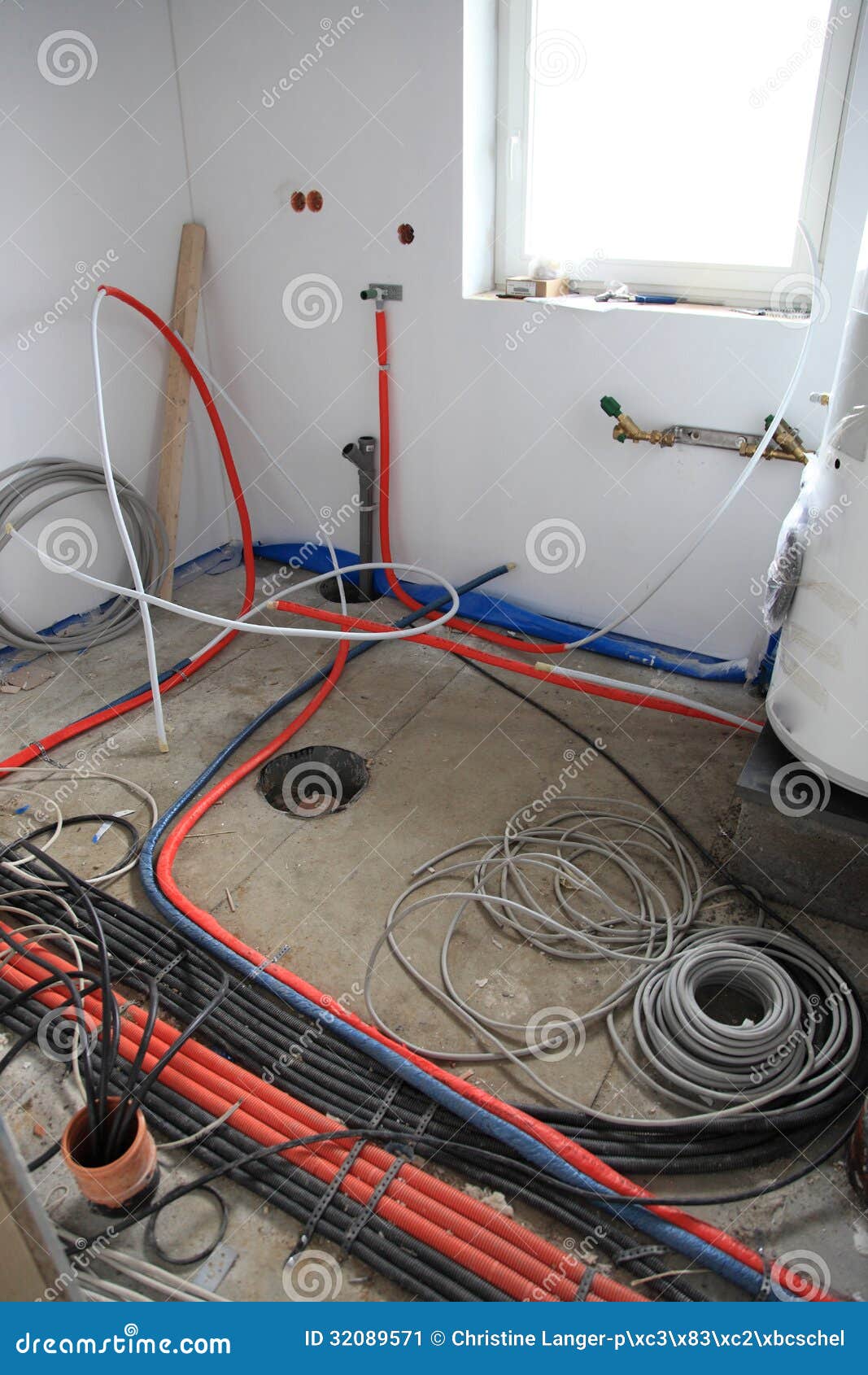Demystifying Electrical Installment: Recognizing Codes and Rules for a Lawful and Safe Configuration
In the world of electrical installation, adherence to codes and policies is critical to ensure both legality and safety. The intricacies bordering electrical work can be daunting, but acquainting oneself with the well established requirements is essential to navigating this area with confidence. By understanding the complexities of the National Electric Code and regional building regulations, individuals can guarantee that their setups meet required security actions and remain in compliance with the regulation. However, the journey to demystifying electric installment goes beyond mere knowledge with guidelines; it necessitates an extensive grasp of how to carry out risk-free electric methods efficiently.
Significance of Electric Codes
The adherence to electric codes is important in ensuring the safety and dependability of electric installations. Electrical codes act as a set of requirements and standards that determine the correct design, setup, and upkeep of electric systems. These codes are developed to minimize the risk of electrical dangers, fires, and other security problems that might arise from defective electrical work.

In addition, electric codes are frequently upgraded to integrate new modern technologies, finest techniques, and security measures. Remaining updated with these codes is crucial for professionals in the electric industry to make certain that their work fulfills the newest safety and security requirements. Inevitably, the significance of electric codes depends on developing a secure and reliable electrical framework that benefits both individuals and areas.
Key Rules for Safety
Numerous essential regulations regulate the safety and security requirements in electric installations. One essential law is the National Electrical Code (NEC), which supplies standards for safe electrical style, installment, and inspection to secure individuals and residential or commercial property from electric dangers. The NEC covers facets such as wiring methods, grounding, overcurrent security, and devices installment to ensure a safe electrical system.
One more critical regulation is the Occupational Safety and Wellness Administration (OSHA) standards, which concentrate on the security of employees included in electric installments (BRE Electrical). OSHA policies include demands for appropriate training, security procedures, and individual protective devices to avoid work environment mishaps and injuries
Additionally, the International Electrotechnical Commission (IEC) standards intend to balance electrical installation policies on a global range. These criteria address problems like electrical tools security, electromagnetic compatibility, and energy performance to promote uniformity and safety and security in electrical installations worldwide.
Compliance with these key laws is necessary to guarantee the safety and validity of electrical installments, securing both individuals and building from the dangers connected with power.
Comprehending National Electric Code
Secret regulations such as the National Electric Code (NEC) offer essential guidelines for secure electrical layout, setup, and examination to make sure the defense of individuals and property from electrical hazards. The NEC, likewise called NFPA 70, is a thorough collection of requirements for electric installations that are upgraded every three years. It is established by the National Fire Security Association (NFPA) and is extensively embraced throughout the USA.
The NEC covers various elements of electric work, consisting of circuitry techniques, grounding, overcurrent protection, and tools installation. It aims to secure individuals and residential or commercial property by addressing prospective dangers connected with electrical systems. Compliance with the NEC is generally applied by regional authorities having territory (AHJs), such as developing code officials and assessors.
Comprehending the NEC is critical for electric professionals, designers, and assessors to ensure that installations meet the essential security demands. By sticking to Check Out Your URL the NEC standards, experts can assist protect against electric crashes and make certain the reliability of electrical systems in residential, commercial, and industrial settings.

Compliance With Neighborhood Building Regulations
Recognizing and sticking to local building codes is crucial for guaranteeing the check this site out security and conformity of electric installations within a certain territory. These codes outline particular demands for electric installments, such as the kind of wiring to be utilized, positioning of electrical outlets, basing approaches, and load capacities.
When it pertains to electric installments, failing to follow local building codes can result in major repercussions. Non-compliant setups might posture safety and security hazards, increase the risk of electrical fires, and result in costly fines or legal issues. Additionally, insurance coverage business may decline to cover damages resulting from installations that do not meet local building code needs. Therefore, it is essential for electricians and professionals to stay informed around and purely abide by the local building regulations applicable to their tasks.
Making Certain Safe Electrical Practices
Practicing rigorous adherence to established safety and security procedures is important in the area of look here electrical installations to alleviate prospective threats and make sure the wellness of people and residential properties. Security in electric work includes numerous elements, beginning with the proper training of employees involved in installment, maintenance, and repair service. It is important to adhere to producer guidelines carefully when taking care of electrical elements and tools. Prior to beginning any kind of work, it is imperative to carry out a thorough danger analysis to identify prospective threats and execute safety nets. Using individual safety equipment (PPE) such as protected handwear covers, shatterproof glass, and non-conductive footwear is non-negotiable to secure versus electrical shocks and arc flashes. Regular equipment assessments, screening, and maintenance schedules are vital to detect and rectify faults before they intensify right into security dangers. Adherence to appropriate lockout-tagout procedures during upkeep activities is vital to stop accidental energization of circuits. By focusing on secure methods, electric installations can work effectively while lessening the probability of mishaps or damage.
Final Thought
In conclusion, adherence to electric codes and guidelines is essential for ensuring the safety and security and legality of electric setups. Recognizing the National Electric Code and conformity with local building ordinance are vital for a risk-free setup. By adhering to these guidelines and exercising safe electric practices, individuals can prevent prospective hazards and make sure the proper functioning of their electric systems.